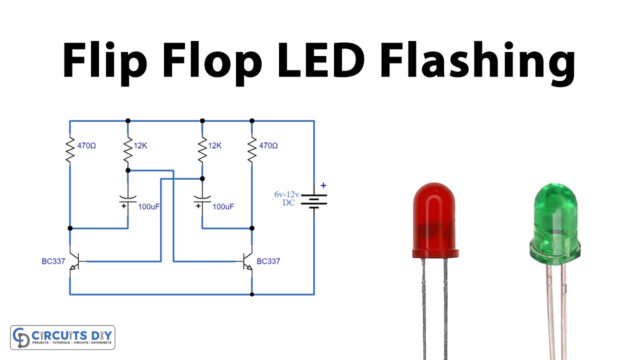Introduction
An audio squelch circuit is a device used to suppress background noise in radio communication systems. This circuit is advantageous in applications where the signal-to-noise ratio is low, and the background noise interferes with the audio signal. The primary purpose of the audio squelch circuit is to reduce the background noise level that is audible both in the gaps between broadcasts and during adjusting an audio amplifier system.
In addition, the squelch circuit may serve another use by acting as a power amplifier for a home-built receiver designed specifically for headphones. This article will explore the building and working of the audio squelch circuit.
Hardware Required
You will require the following hardware for the Audio Squelch Circuit.
| S.no | Components | Value | QTY |
|---|---|---|---|
| 1 | IC | 741, LM385 | 1, 1 |
| 2 | Polar Capacitor | .1uf .33uf, 220uf, | 5,1,2 |
| 3 | Resistor | 2.2k, 10k, 10, 1k, 16, 100k | 5, 4, 1, 1, 1, 1 |
| 4 | Transistor | 2N2222, 2N3906 | 1, 1 |
| 5 | Diode | 1N914 | 2 |
| 6 | Speaker | 8ohm | 1 |
Circuit Diagram

Working Explanation
The circuit has two main components: the LM386 low-voltage audio amplifier and a 741 general-purpose op-amp.
The audio signal from the receiver is first fed into the input side of both IC amplifiers. The 741 op-amps are configured to amplify the audio signal at its input. The amplified audio signal is then transformed into DC by diodes D1 and D2.
This creates a positive DC signal which is applied to the base of transistor Q2, turning it on. This triggers another transistor Q1, which powers up the LM386 audio amplifier. The amplified audio signal is then delivered to the speaker, producing sound.
If the audio signal from the receiver falls below a certain threshold, the 741 op-amp will switch off, turning off the LM386 audio amplifier. The values of C6 and R8 determine the time constant for the turn-off delay period. This ensures that the audio signal is only delivered to the speaker when there is an actual audio signal present, reducing the amount of background noise and static.
Final Words
Building an audio squelch circuit requires some knowledge of electronics, but with the right components and tools, it can be a straightforward process. The resulting circuit can help improve the overall sound quality of radio communication systems by reducing background noise. So, try building this circuit, and share yours in the comment section.













